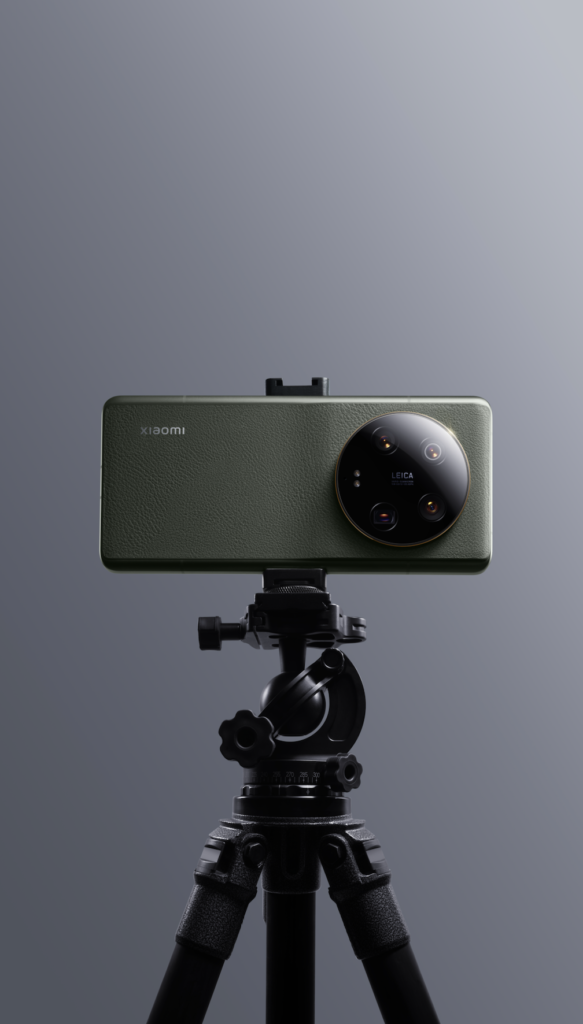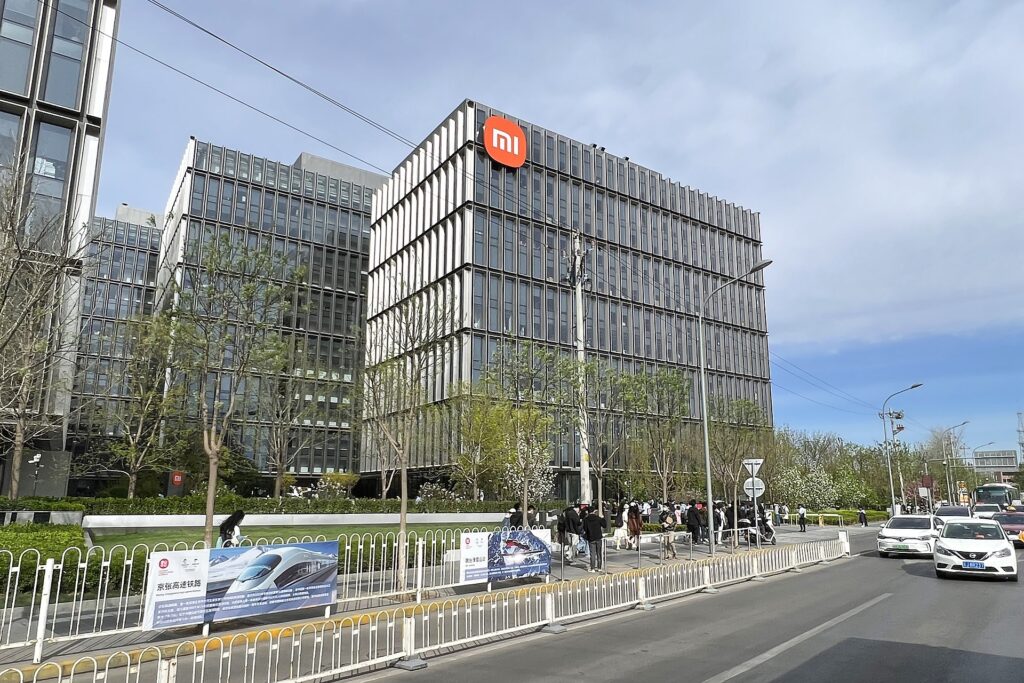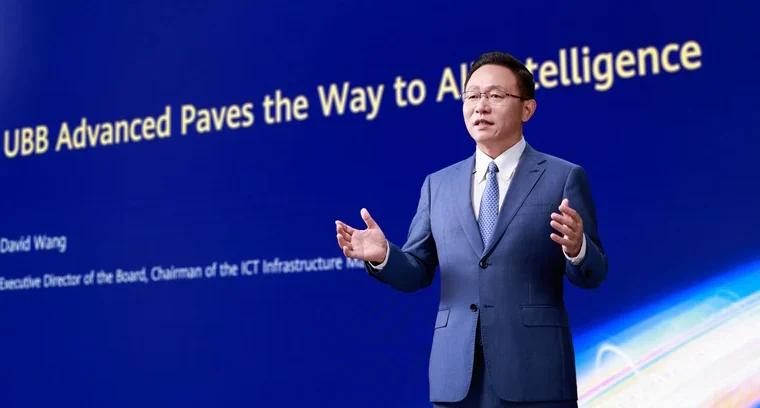Huawei and Xiaomi have reached a global cross-licensing agreement on patents. The arrangement covers communication technologies, including 5G, and came as a solution to a previous legal dispute between the two Chinese companies. In April 2022, Huawei filed a lawsuit against Xiaomi for 4G-themed patent infringement. According to later Chinese media reports, the dispute included other points such as smartphone photography, wireless communication and screen-locking technology. After sealing the pact, both companies issued a statement emphasizing that exchanging technologies would lead to better product development for users.
“This licensing agreement once again reflects the industry’s recognition of Huawei’s contributions to communications standards and will help us enhance our investment in researching future mobile communications technologies,” said Alan Fan, Head of Huawei’s Intellectual Property Department. The reaction of the Beijing-based company was more restrained: ‘The new patent cross-licensing agreement shows that both parties recognise and respect each other’s intellectual property,’ said Xu Ran, General Manager of Corporate Business Development and IP strategy at Xiaomi.


Huawei and Xiaomi: a forced agreement
Behind the words, however, is Xiaomi’s attempt to overturn the blockade previously requested by Huawei and rejected in early September by the China National Intellectual Property Administration. A few days later, came the agreement between the two contenders with a common goal: to exploit all possible technologies to improve their respective devices and better compete against Apple, which globally and also in China is the only one able to consistently sell every iPhone model and dominate the high end of the smartphone market.
Huawei’s leadership
On the one hand, there is Huawei, a great powerhouse and the leading Chinese smartphone manufacturer, which has overtaken Apple and Samsung in a few years by taking the lead in the number of phones sold (this happened in the second quarter of 2020). With more than 120,000 valid patents under licence (numbers released by the Shenzhen-based company itself), Huawei is the largest patent holder in China and last year earned revenues of $560 million from royalties generated from other companies’ use of its technologies. An achievement that came after investing over the past ten years more than the equivalent of 125 billion euros (977.3 billion yuan) in research and development, a division in which more than half of its employees are engaged.
Blocked by the US ban, with the company placed on a blacklist in May 2019 that tied its technology imports from the US to special licences granted by the federal government, Huawei unveiled the new Mate 60 Pro in China in recent weeks. The flagship smartphone is equipped with Huawei’s 5G Kirin 9000s processor, made with 7-nanometre technology by the Chinese company SMIC (it turned the nose up at the Americans, who were convinced that Huawei could not go that far without access to key technologies such as Extreme Ultra Violet lithography). On the other hand, thanks to the chip, the new smartphone has been portrayed by Chinese propaganda as a symbol of Huawei’s, and the country’s more general, ability to go beyond the limits imposed by the US and offer devices with the best technology available today.


Xiaomi’s ambitions
On the other side is Xiaomi, which remains the world’s third-largest manufacturer after Samsung and Apple despite last year’s shrinking market share on a global scale. With the latest Xiaomi 13 Ultra, the Beijing company has churned out the best cameraphone available on the market today (thanks also to its partnership with Leica). Founder and CEO Lei Jun‘s goal is still to surpass Apple. A point of arrival that inevitably passes by, succeeding in emerging as the primary reference at home, where Huawei still plays the lion’s share.
The recipe for climbing the ranks is as simple as it is arduous: invest a lot of money to create innovation in design, hardware and software. Thus, to build further infrastructure and push research into artificial intelligence, Xiaomi has planned to spend around $13.7 billion on innovative projects within the next five years. In this regard, the company seems to be working on its System on a Chip for smartphones. While it has already developed proprietary chips for fast charging in the past, the internal development of CPUs and GPUs based on the ARM design is very different. It is a tall order, but Xiaomi has no shortage of resources.



